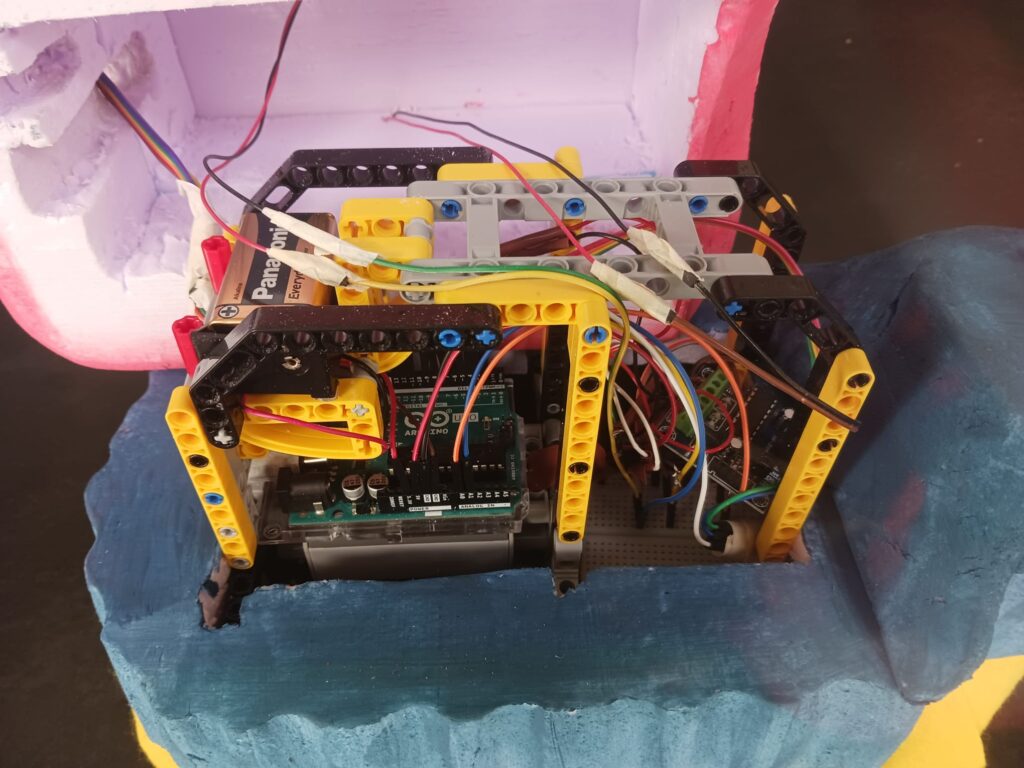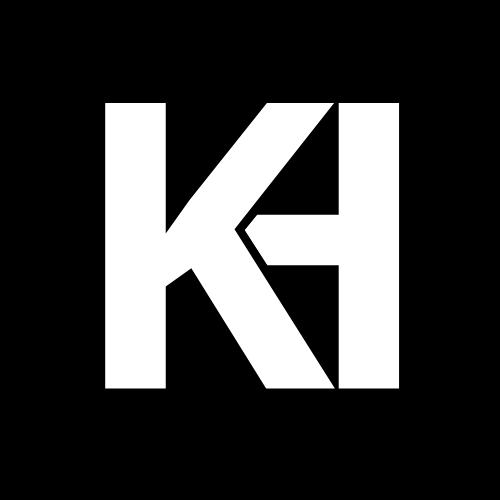I feel like I am a designer my whole life already, always producing creative ideas, making stuff and iterating is what I do since I was playing with Legos as a kid. I have always wanted to be a designer and after having finished secondary school, I can now proudly say that I am studying to become a professional designer.
As I was in my own world as a kid, I went outside these boundaries and developed into a more social person, who loves to listen to everyone’s stories. I enjoy making spontaneous connections with people and getting to know how they are and how they behave. I consider myself an adventurous person as I like to get out of my comfort zone. Being open minded to new challenges and making new connections. Trying out diverse ways of thinking to produce original ideas. I also developed into a more active person, having a sufficiently divided agenda so I do not have to sit still.
At Industrial Design TU/e I could develop myself and find out what kind of designer I want to become, and learn the skills needed to achieve this. ID offers me freedom to guide my own development as a designer and improve in my areas of choice.
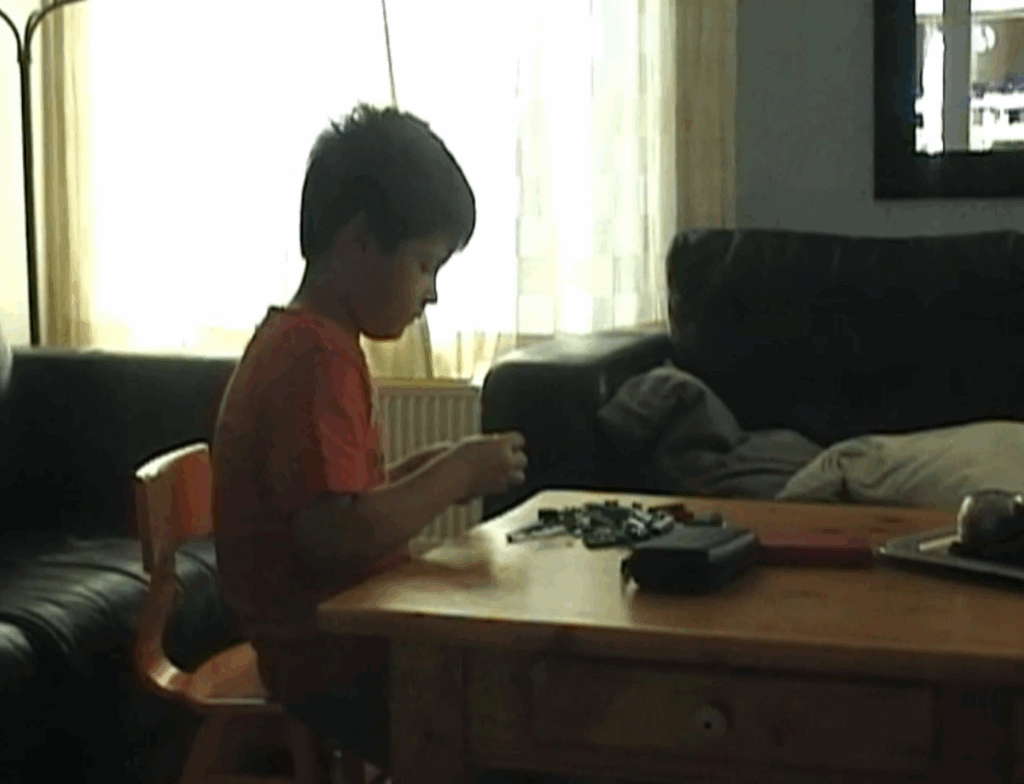
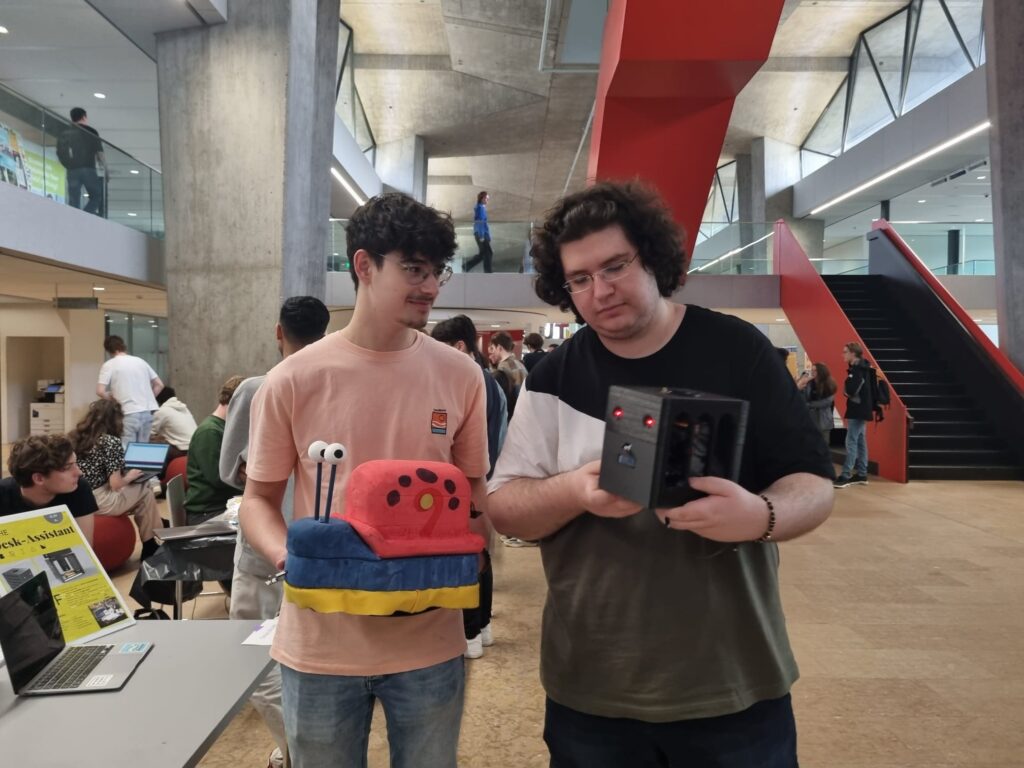
In my first year at ID, I developed in the Creativity & Aesthetics expertise area by learning how to communicate my ideas in several ways. In my CBL projects I learned to make things understandable or testable through sketching and prototyping. I gained practical skills like working with wood and creating clean physical prototypes. I explored 3D modelling by designing a chair for 3D printing, which was a learning point I really enjoyed. In the creative programming course, I discovered how to use code to create visual art and animations. These experiences taught me to express ideas in many ways, which helped me shape my vision and identity.
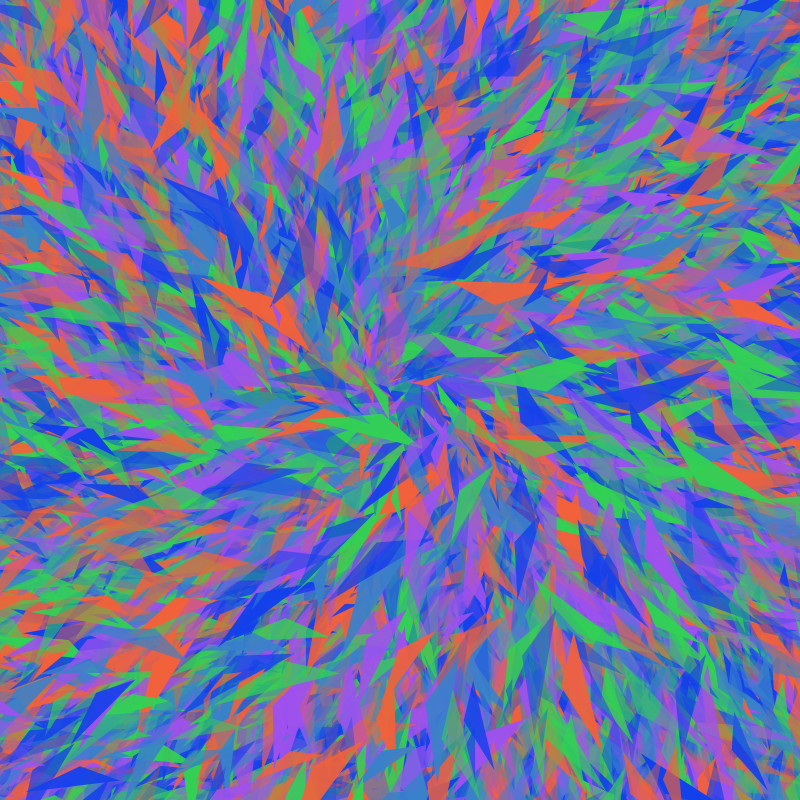
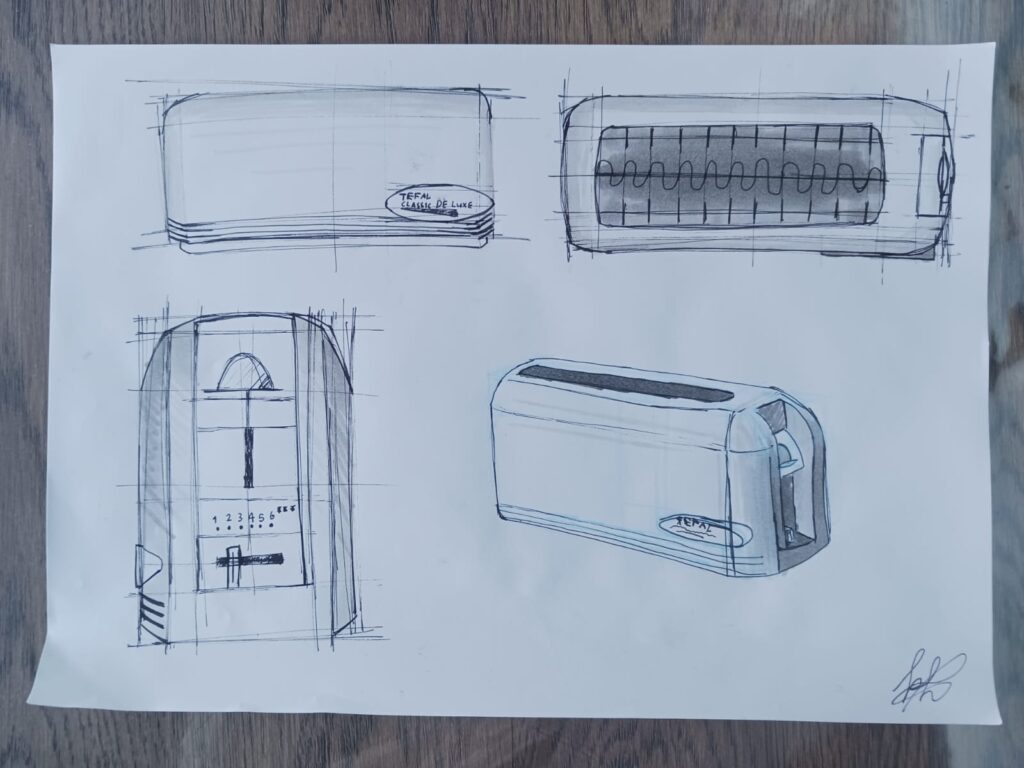
In year one, within the User & Society expertise area, I learned how important it is to truly empathize with users, as design has the power to influence people’s behavior and perspectives. Through the “Human-Centered Design” course, I gained tools like personas and scenarios to better understand and create meaningful user experiences. I also realized the importance of involving the whole team in user research, after seeing the negative effects of limited empathy in our first project. Additionally, I became more aware of the ethical responsibilities designers carry, and the need to consider the broader impact of our work on people and the environment.

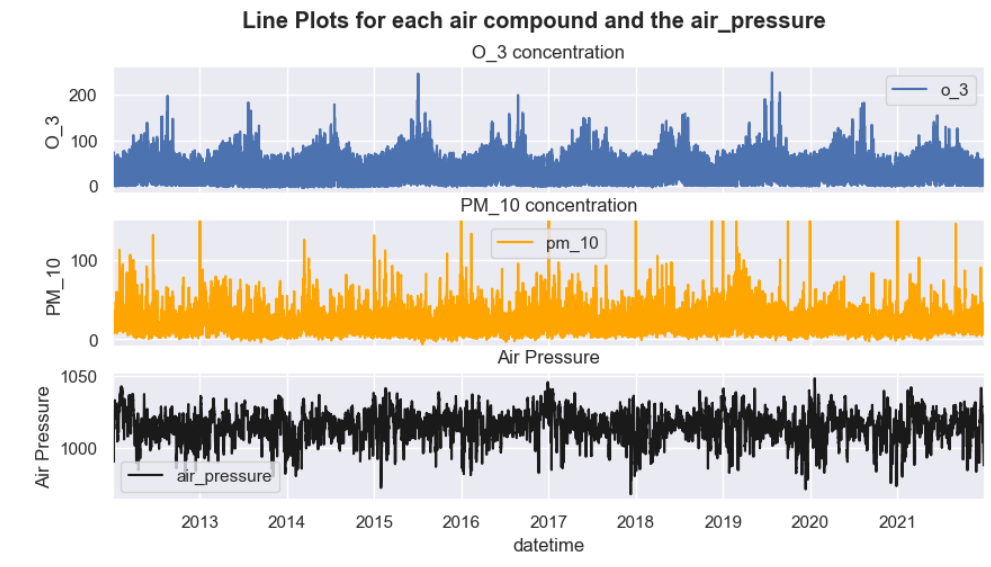
Within the Math, Data & Computing expertise area, I built a foundation through the Calculus and Foundations of Data Analytics courses. Calculus was challenging, but it taught me how to approach problems in a structured way and prepared me for other theory-heavy courses like physics. I also learned how calculus connects directly to real-world applications. In data analytics, I discovered how vast and valuable data is, and gained hands-on experience in analyzing, cleaning, and visualizing it. I also learned the basics of Python and SQL, and used them to investigate relationships between urban population and ozone concentration, developing analytical and hypothesis-forming skills.
Furthermore, within the Technology & Realization expertise area, I gained valuable experience through both theoretical and hands-on courses. Physics taught me key principles like mechanics, thermodynamics, and optics, which I can now apply to material choices and structural decisions in my designs. Through “CBL Project 2”, I learned how to work with Arduino to build functional prototypes, strengthening my coding and electronics skills. These experiences sparked my curiosity about smart technology and its potential to create meaningful, life-enhancing products.
